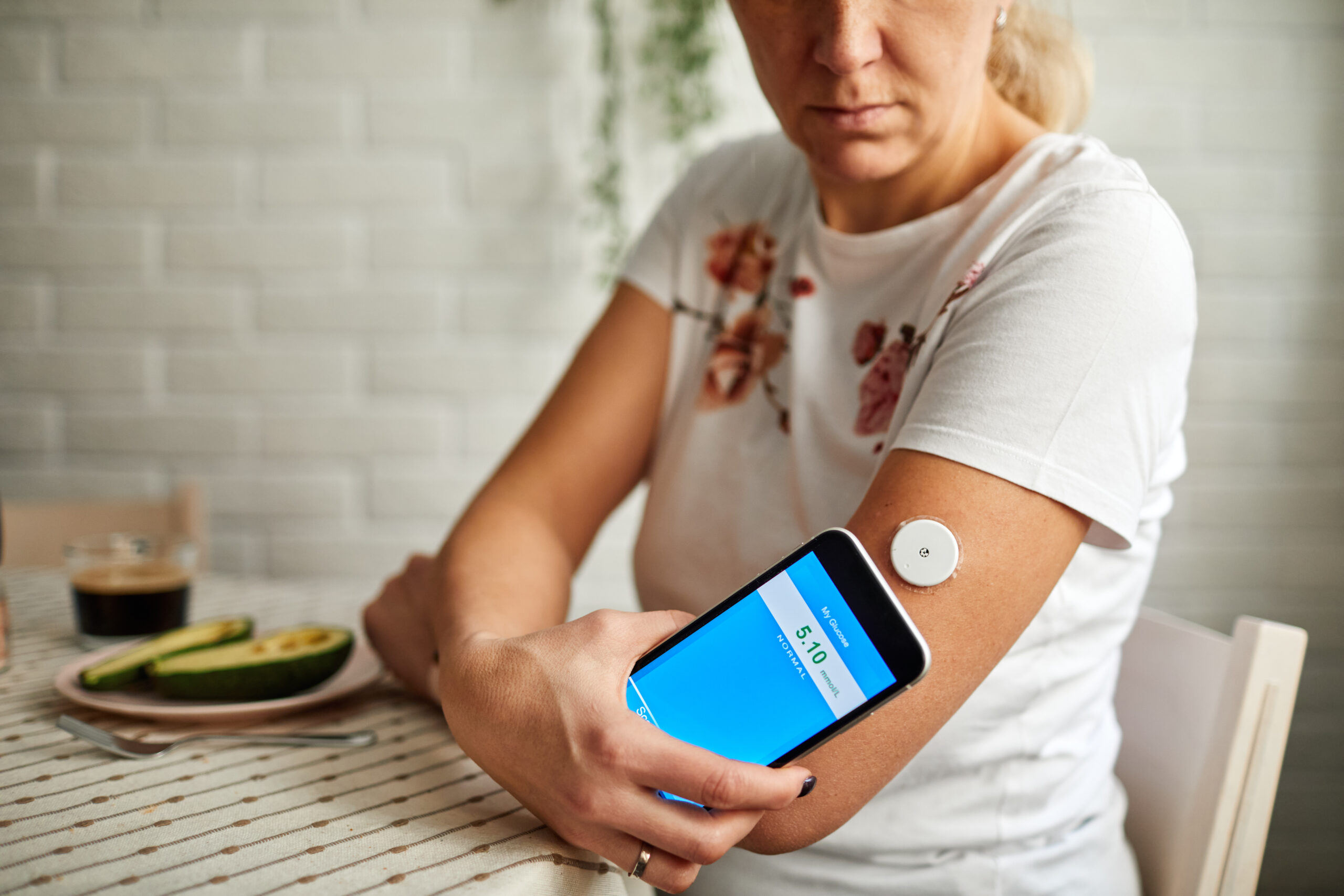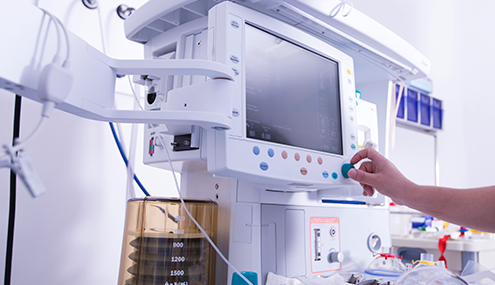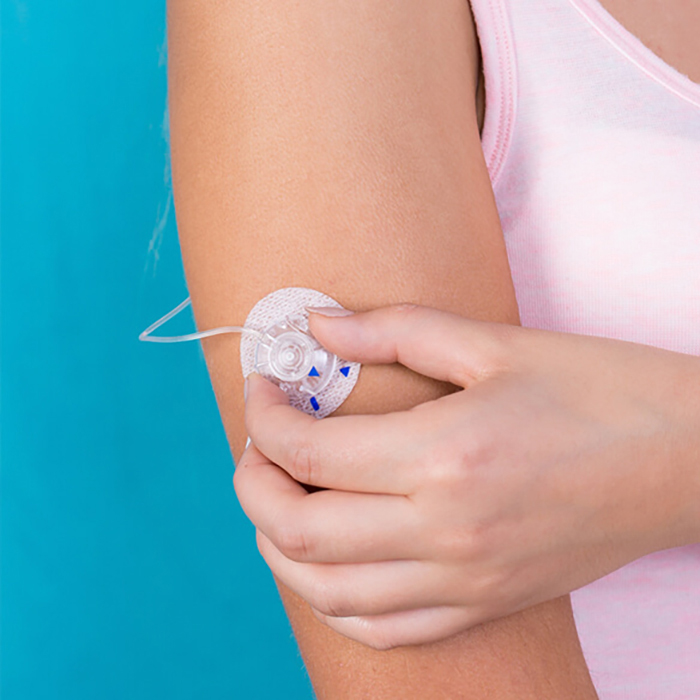The global market for wearable devices in the medical industry is booming. Wearables are revolutionary electronic devices that patients wear to collect, analyze and transmit personal health data. These devices help patients spend less time visiting doctors because they promote proactive health care by monitoring vital signs. Examples range from biosensors and pulse oximeters to temperature-monitoring devices and drug delivery patches.
Importance of Choosing the Right Medical Adhesives for Wearable Devices
A critical component of wearable manufacturing is the adhesive used to attach the device to the body. With so many options available, medical manufacturers often find it challenging to choose the most effective solution, specifically for products in development.
Selecting an optimal adhesive requires an understanding of how medical adhesives work. Many variables come into play, from the patient’s skin condition and sensitivity to the adhesion strength and stability. More importantly, patients must be able to remove their wearables without leaving residue or causing skin damage.
Advantage Converting’s extensive experience with wearable devices in the medical converting industry allows us to solve many of today’s most common manufacturing challenges. Our team helps customers develop new solutions and create strategies based on their unique needs and applications. As a 3M Preferred Converter, we can access innovative tools and resources that assist in material discovery and selection while identifying the most practical manufacturing processes.

Factors to Consider When Selecting Skin Adhesives for Wearable Medical Devices
Before choosing an adhesive for your wearable device, it helps to know the specific application of your wearables and the factors that can affect their performance. Examples include:
- Biocompatibility: Biocompatibility is among the most critical properties because it prevents adverse skin reactions. Wearable adhesives must be non-irritating, non-toxic and non-allergenic to the patient using the device.
- Adhesion strength: Different adhesives offer varying degrees of adhesion strength. The product should be strong and durable enough to keep the device in place for as long as needed, from long-term wearables to short-term treatment patches. However, the adhesive should not be too strong that it irritates the skin upon removal.
- Durability: Elements like heat, moisture and mechanical stress can significantly affect an adhesive’s performance. While adhesion strength provides a wearable with staying power, durability ensures it stays in place for as long as required.
- Comfort: Many of today’s most successful wearable designs prioritize patient comfort and usability. Factors to consider when choosing an adhesive include how long a patient will wear the device, their activity levels and the need for stretchability for specific parts of the body.
- Cost-effectiveness: While a more expensive adhesive may benefit patients over the long run, it’s important to discuss your needs with a reputable and experienced converter. In this highly competitive market, choosing a high-quality adhesive at the right price point is critical.
Discover More With Advantage Converting
Advantage Converting partners with the industry’s leading adhesive suppliers to offer high-quality, cost-effective solutions for your converting needs. As a 3M Preferred Converter and ISO 13485 certified organization, we are committed to delivering superior quality products and the industry’s top manufacturing services.
Get in touch today to learn more about how we can address your manufacturing requirements.




